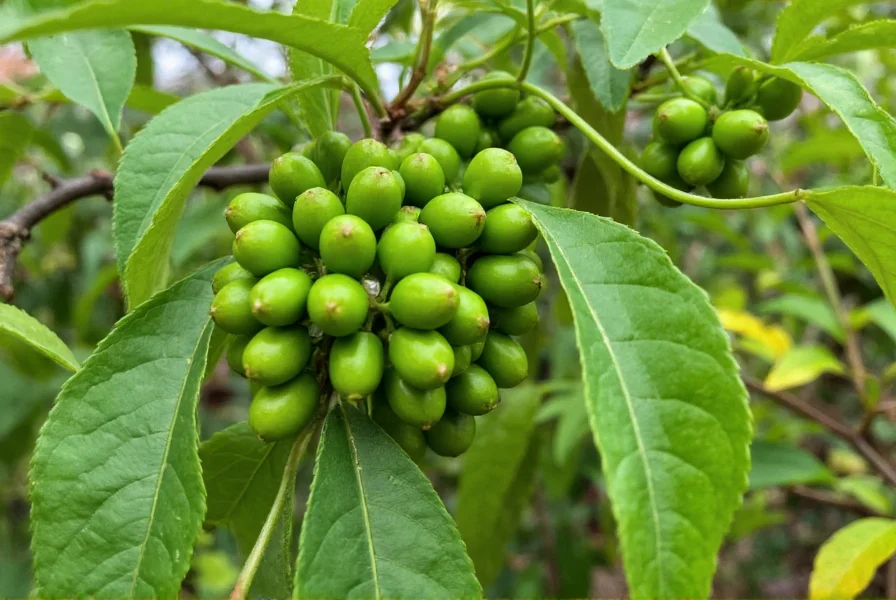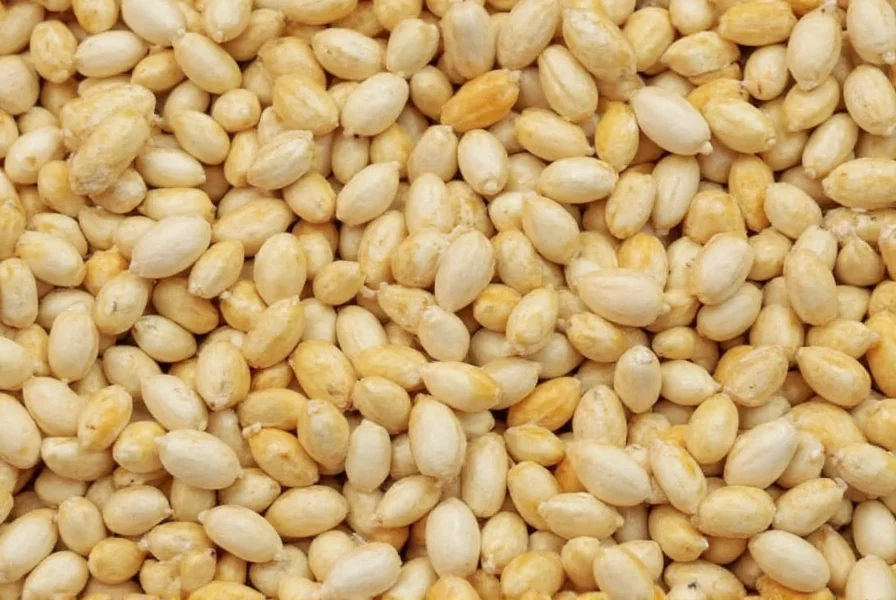Understanding how pepper is made reveals one of the world's oldest and most beloved spice production processes. This tropical vine native to South India produces small berries that transform into the various pepper types we use in cooking through distinct processing methods. The transformation from fresh berry to shelf-stable spice involves precise timing and traditional techniques that have evolved over centuries.
The Piper Nigrum Plant and Its Growth Requirements
Pepper begins its journey on the Piper nigrum vine, a perennial climbing plant that thrives in tropical climates with consistent warmth and humidity. These vines require support structures to climb and produce fruit after three to four years of growth. The ideal growing conditions include temperatures between 75-85°F (24-29°C), high humidity, and well-drained soil. Major pepper-producing regions include Vietnam, Indonesia, India, Brazil, and Malaysia, each contributing unique flavor profiles based on terroir and processing methods.

Harvesting Pepper Berries at the Right Stage
The timing of harvest determines which type of pepper will be produced. Farmers must carefully monitor the berry clusters, which grow in strings along the vine. For black pepper, harvesters pick the berries when they're still green but have begun to turn yellow at the base, indicating they're one to two weeks from full ripeness. White pepper requires waiting until the berries turn completely red, signaling full ripeness. Green pepper comes from berries harvested while still completely green and unripe, while red pepper uses fully ripe red berries.
Processing Methods for Different Pepper Varieties
The transformation from fresh berry to dried spice involves specific techniques that create the distinctive characteristics of each pepper type. These processing differences explain why black, white, green, and red pepper varieties have unique flavors, colors, and culinary applications.
| Pepper Type | Harvest Stage | Processing Method | Flavor Profile |
|---|---|---|---|
| Black Pepper | Unripe (green to yellow) | Boiled briefly then sun-dried 7-10 days | Sharp, pungent, complex with floral notes |
| White Pepper | Fully ripe (red) | Soaked to remove outer layer, then dried | Milder, earthier, less complex |
| Green Pepper | Unripe (green) | Vinegar brine, freeze-drying, or sulfur dioxide | Fresh, herbal, less pungent |
| Red Pepper | Fully ripe (red) | Preserved in brine or freeze-dried | Fruity, sweet, mild heat |
Black Pepper Production: The Most Common Variety
Black pepper production follows the most traditional method. After harvesting the nearly ripe berries, workers briefly immerse them in hot water (about 10-15 minutes) which cleans them and accelerates the enzymatic browning process. The berries are then spread on mats and sun-dried for approximately one week. During this drying period, the berries shrivel and turn dark brown or black as enzymes react with the sun's heat. The resulting "peppercorns" contain the seed surrounded by the dried fruit layer, creating black pepper's characteristic appearance and robust flavor.
White Pepper: A Different Processing Approach
White pepper production begins with fully ripe red berries. After harvest, these berries undergo a fermentation process where they're soaked in water for about a week. This soaking softens and removes the outer fruit layer (pericarp), leaving only the seed. The seeds are then washed and sun-dried, resulting in the pale yellow to grayish-white peppercorns. This method produces a milder spice often preferred in light-colored dishes where black specks would be visually unappealing. The extended soaking process creates subtle flavor differences compared to black pepper, with earthier notes and less floral complexity.

Specialty Pepper Varieties and Modern Techniques
Green and red pepper varieties require preservation techniques that maintain their color while preventing spoilage. Green peppercorns are typically preserved through one of three methods: packing in brine (vinegar solution), freeze-drying, or treating with sulfur dioxide. Each method affects the final flavor profile differently, with brined green peppercorns having a more pronounced tang. Red peppercorns, being fully ripe, are more delicate and usually preserved in brine or freeze-dried to maintain their vibrant color and sweeter flavor profile.
Modern pepper production has introduced some technological improvements while maintaining traditional methods. Solar dryers supplement sun-drying during rainy seasons, and mechanical threshers help separate peppercorns from stems more efficiently. However, the fundamental processes remain largely unchanged from ancient techniques, preserving the distinctive qualities that make pepper such a valued spice worldwide.
Quality Factors in Pepper Production
The quality of finished pepper depends on multiple factors throughout the production process. The timing of harvest significantly impacts flavor development, with berries picked too early producing less complex flavors and overripe berries potentially fermenting prematurely. Proper drying is equally crucial—insufficient drying leads to mold growth, while excessive drying makes peppercorns brittle and prone to shattering. The best quality pepper maintains 12-13% moisture content after processing. Sorting removes defective or broken peppercorns, with premium grades containing only whole, uniform berries of consistent color.
From Farm to Table: The Global Pepper Supply Chain
After processing, pepper enters an extensive global supply chain. Producers sell to local collection centers, which then supply regional processors who clean, sort, and package the spice. Major exporting countries have established quality standards that determine pricing tiers. The spice then travels through international distributors to reach retail markets worldwide. This journey typically takes 2-3 months from harvest to supermarket shelves. Proper storage in cool, dry conditions throughout this process preserves pepper's volatile oils, which are responsible for its characteristic aroma and pungency.
Historical Context of Pepper Production
Pepper cultivation dates back over 4,000 years to ancient India, where it was initially used for medicinal purposes before becoming a culinary staple. The spice trade routes established during the Roman Empire and later by European explorers were largely driven by demand for pepper, which was sometimes used as currency. Traditional processing methods have remained remarkably consistent throughout history, with sun-drying techniques documented in ancient Sanskrit texts. Understanding how pepper is made connects us to centuries of agricultural tradition and global commerce that continues to shape how we produce and enjoy this essential spice today.
Frequently Asked Questions
What's the difference between black and white pepper production?
Black pepper is made from unripe berries that are cooked and sun-dried with their outer layer intact, while white pepper comes from fully ripe berries that have their outer fruit layer removed through soaking before drying the seed. This processing difference creates distinct flavor profiles—black pepper has a more complex, floral heat, while white pepper offers a milder, earthier taste.
Why does black pepper turn black during processing?
Black pepper turns black due to enzymatic browning that occurs when unripe green berries are briefly cooked and then sun-dried. The heat from boiling activates enzymes in the berry's outer layer, and exposure to sunlight during drying causes chemical reactions that transform the green chlorophyll into dark brown and black pigments, creating the characteristic appearance of black peppercorns.
How long does it take to make pepper from harvest to finished product?
The complete process from harvesting pepper berries to finished dried product typically takes 7-14 days. Black pepper requires about 7 days of sun-drying after a brief boiling step. White pepper processing takes longer—approximately 7 days of soaking to remove the outer layer plus 3-5 days of drying. Green and red pepper preservation methods vary but generally occur within a few days of harvest to maintain their color.
Can you make pepper at home from fresh berries?
Yes, you can make black pepper at home if you have access to fresh Piper nigrum berries. Harvest nearly ripe berries (turning from green to yellow), briefly boil them for 10-15 minutes, then spread them in a single layer on a tray and dry them in direct sunlight for about a week, stirring occasionally. The berries will shrivel and turn black as they dry. Note that growing pepper vines requires tropical conditions, making home production impractical in most climates.











 浙公网安备
33010002000092号
浙公网安备
33010002000092号 浙B2-20120091-4
浙B2-20120091-4